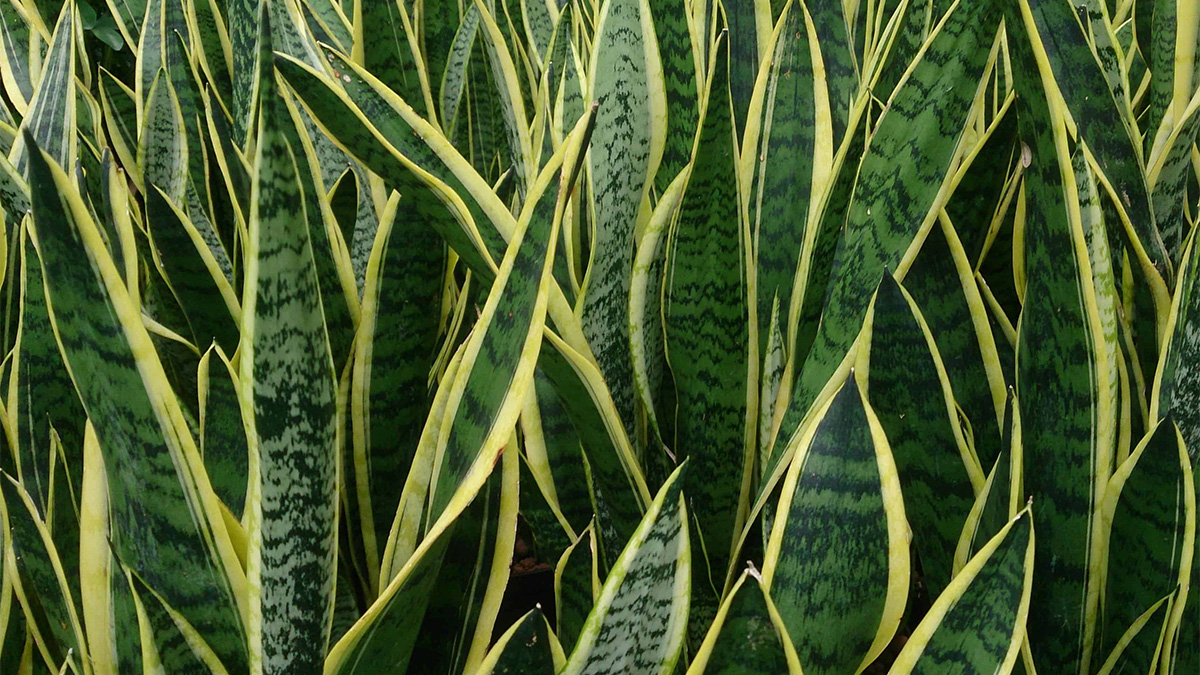Snake Plant Guide: Everything You Need to Know to Grow This Popular Plant

The snake plant, also known as Sansevieria or mother-in-law’s tongue, is a favorite among houseplant lovers for good reason. With its bold upright leaves and easy-care nature, it suits nearly any indoor space. Whether you’re new to plants or just looking to expand your collection, this guide will walk you through everything you need to know to grow a healthy, thriving snake plant.
What is a snake plant?
Snake plants, also known as mother-in-law’s tongue or by their botanical name Sansevieria, are hardy, upright plants with sword-like leaves. Originating from West Africa, these plants are widely known for their durability and striking architectural form. Popular varieties include Sansevieria trifasciata, Laurentii with yellow-edged leaves, Moonshine with silvery foliage, and the broad-leaved Whale Fin.
Why choose a snake plant?
Snake plants are a top choice for both beginner and experienced gardeners because they thrive on neglect. They are well known for their air-purifying qualities, helping to remove toxins like formaldehyde and benzene from indoor air. Their clean, vertical growth habit also makes them a favorite for modern and minimalist interior designs.
Best growing conditions
These plants adapt well to various lighting conditions, from low indoor light to bright, indirect sunlight. They prefer temperatures between 65 and 80 degrees Fahrenheit and do best in moderate humidity. A pot with drainage holes and a loose, fast-draining soil mix like cactus or succulent soil will help prevent root rot.
Watering and feeding tips
Snake plants prefer to dry out completely between waterings. Depending on the season, you may only need to water every two to four weeks. A balanced liquid houseplant fertilizer can be applied monthly during spring and summer but should be avoided in the dormant winter period.
Common issues and how to fix them
Overwatering is one of the most common issues, often leading to soft, yellowing leaves and root rot. If your plant starts to droop or develop mushy spots, reduce watering and ensure the soil is draining properly. Pests like spider mites or mealybugs may appear, and these can be removed by wiping the leaves with a damp cloth or using insecticidal soap.
Propagation methods
Snake plants can be easily propagated through leaf cuttings or division. To propagate with cuttings, slice a healthy leaf into sections and place them in water or directly into moist soil. For division, remove the plant from its pot and gently separate sections of the root system, ensuring each has at least one leaf and a portion of the root.
Snake plant in feng shui and indoor wellness
In feng shui, snake plants are thought to bring protective energy and promote a sense of strength and resilience. Placing them near entrances is believed to ward off negative energy. Because they also release oxygen at night, they are excellent choices for bedrooms and offices.
Pet safety and toxicity
Snake plants are toxic to cats and dogs if ingested, causing symptoms like nausea, vomiting, and diarrhea. If you have curious pets, consider placing the plant on a high shelf or in a room that is off-limits. Always consult a veterinarian if you suspect your pet has eaten any part of the plant.
Seasonal care and repotting
In warmer months, snake plants grow more actively and may need more frequent watering. During colder seasons, their growth slows, and they require less care. Repotting every two to three years is usually sufficient and is best done in spring when you notice roots filling out the current container.
Final tips for thriving snake plants
Rotate your snake plant every few weeks to encourage even growth on all sides. Dust the leaves occasionally with a soft cloth to help them breathe and absorb light. Pairing them with other low-maintenance houseplants can create a visually appealing and easy-to-manage indoor garden.
Conclusion
Snake plants are a low-maintenance and rewarding addition to any home. With the right light, occasional watering, and simple care, they can thrive for years and even help purify the air around you. Whether grown as a statement piece or tucked into a cozy corner, this versatile plant is a timeless choice for plant lovers of all levels.
